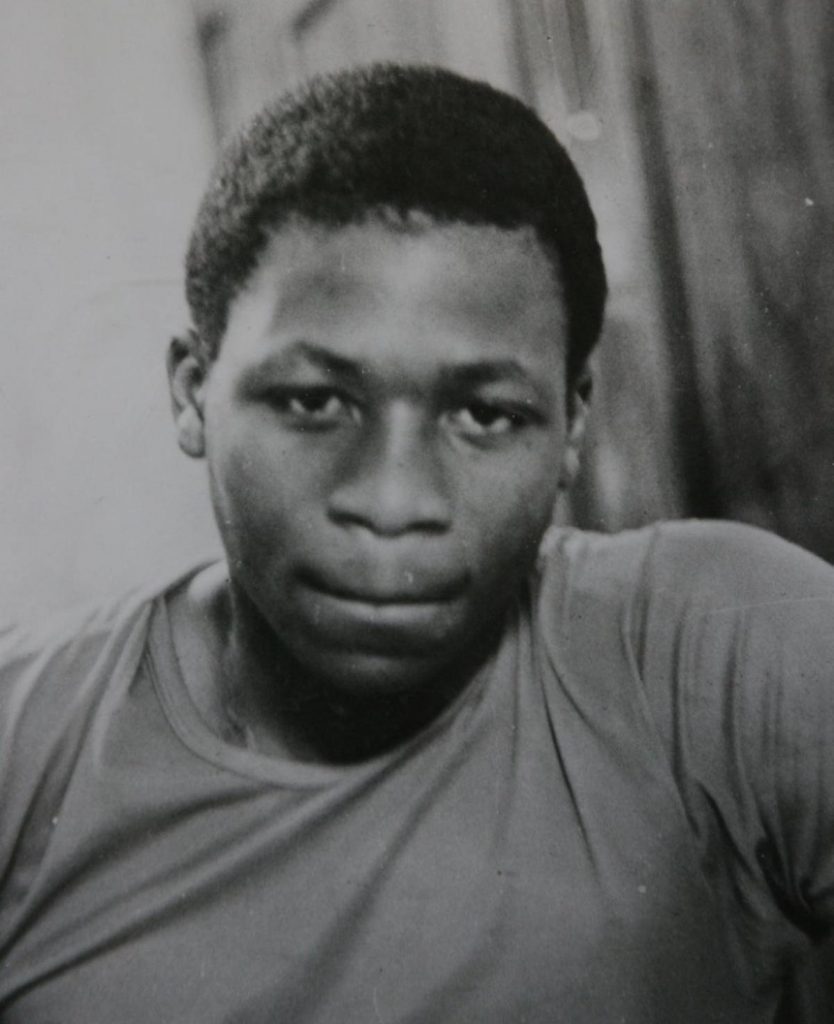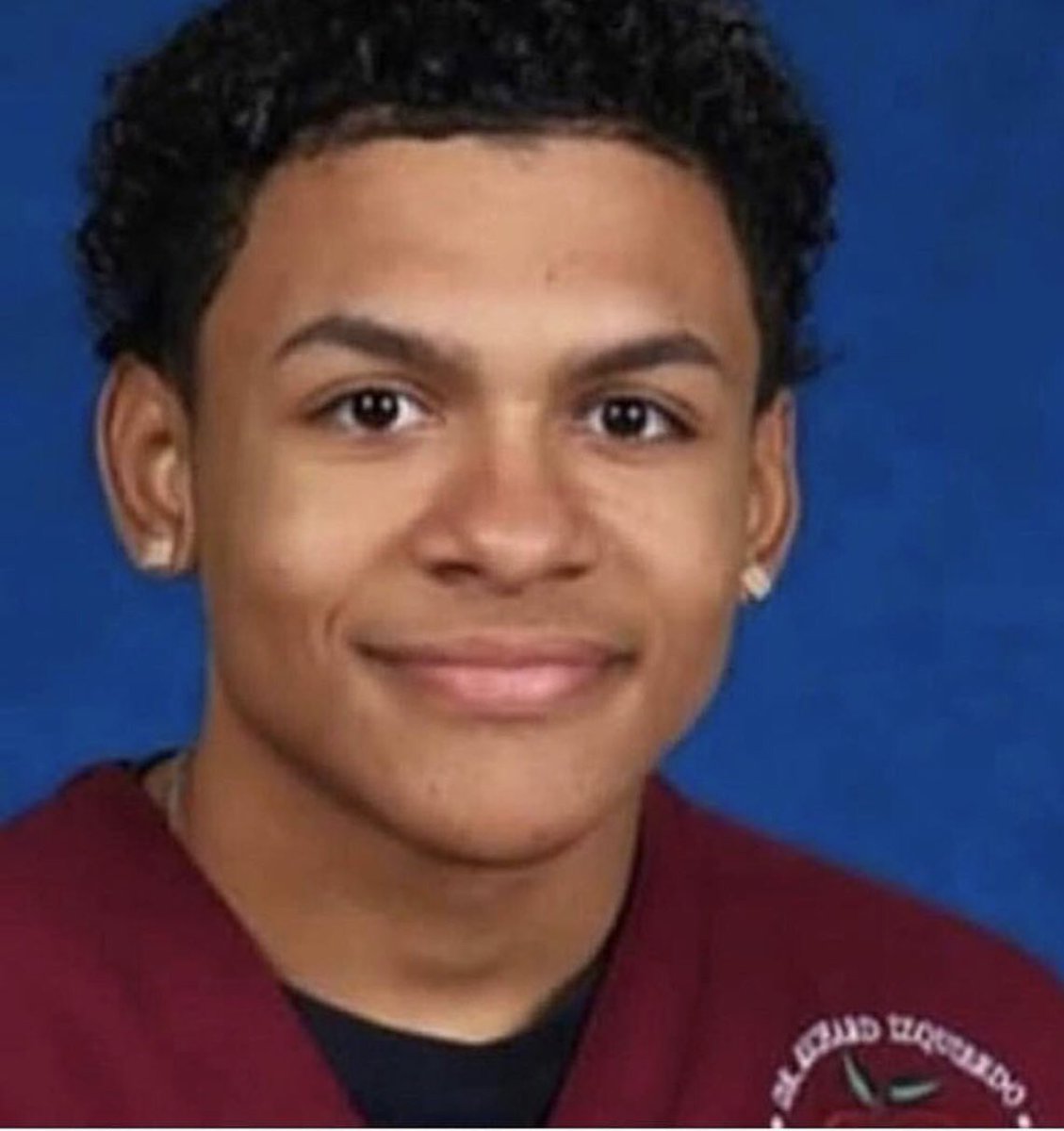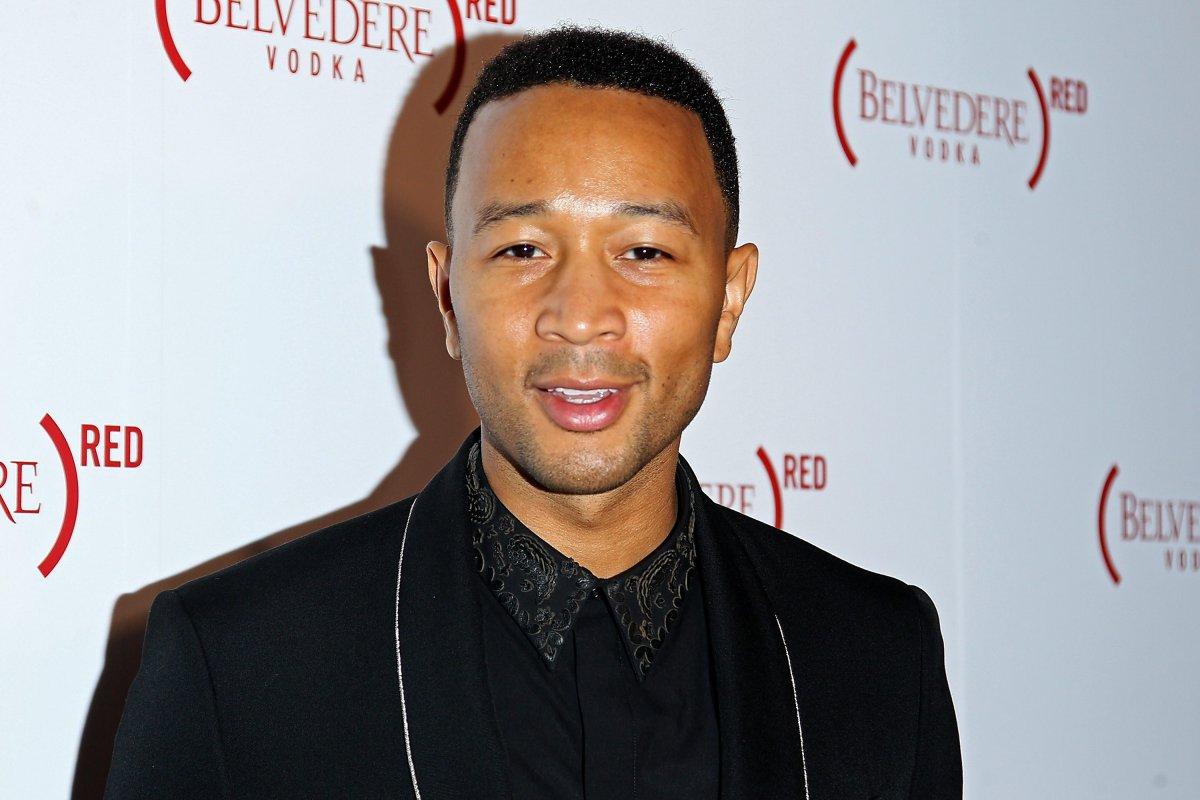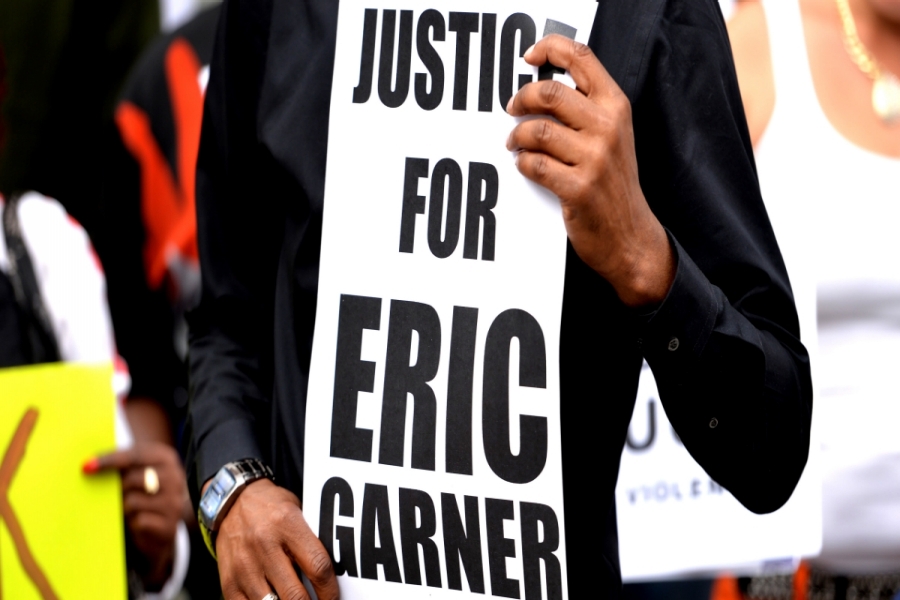Thirty years after his brother was killed in one of the city’s most polarizing racial incidents, the hardest part for Christopher Griffith is explaining it to his sons.
They’ve lived through the tension of Ferguson, Mo., and the angry riots of Baltimore. What could Griffith tell them about Howard Beach?
“I tell them what happened,” Griffith told the Daily News, recalling the story he relives daily about the day in 1986 when a gang of racist teens chased his brother Michael onto a Queens expressway, where he was hit by a speeding car and killed.
“But I don’t go into depth about it because it’s very hard for me. They have a pretty good idea what happened.”
Griffith remembers it like it was “a minute ago.”
His little brother, Michael, 23, was out with their stepfather and two friends on Dec. 19, 1986, when their car broke down on a deserted section of Cross Bay Blvd. in Queens.
Three of the men, before the advent of cell phones, walked for several miles to seek help in the nearby, mostly white Howard Beach neighborhood, while one of them stayed behind to watch the car.
Along the way, the men — Michael, his stepfather, Cedric Sandiford and Timothy Grimes — were taunted by a group of white teens on their way to a party who were shouting threats and racial epithets.
Late Friday night had already turned to early Saturday when the three black men reached the New Park Pizzeria at Cross Bay Blvd. and 157th Ave. and stopped for a bite to eat.
By the time they left, shortly after 12:30 a.m., they were met outside by the menacing group, which had grown to about 10, some carrying baseball bats.
Outnumbered, the men tried to flee, but not before Michael and Sandiford were badly beaten.
Grimes got away, and Michael eventually did, too, but his escape route led him onto the Shore Parkway — and into the path of a speeding car.
The impact threw his badly bruised body more than 100 feet, where it slammed against the divider in the westbound lane.
The senseless episode shocked the city and set the close-knit community on edge. Even then-Mayor Ed Koch, whose relationship with the black community was becoming strained, expressed his outrage.
“This incident can only be described as rivaling the kind of lynching party that existed in the Deep South,” Koch said.
A week later, 1,200 demonstrators, led by the Rev. Al Sharpton and the Rev. Herbert Daughtry, marched through the streets of Howard Beach, even stopping to eat pizza at the same place where Michael Griffith had his last meal.
“Gangs of people came to Howard Beach calling us the N-word, throwing things at us,” Sharpton said Tuesday night at St. Matthew’s Roman Catholic Church at a memorial service in Michael Griffith’s honor. “It tore the veil off the reality that racism and racial violence weren’t just a problem in the South.”
Another Sharpton-led protest involved a parade of cars clogging the neighborhood’s streets.
“He’s the one who called for a car caravan, and I don’t think he even had a car,” Daughtry said. “But he got a car from somewhere. It was very important to make the statement, ‘We’re not afraid, we’re not intimidated.’ ”
Three of the teens — ringleader Jon Lester, 17, and pals Scott Kern, 18, and Jason Ladone, 17 — were found guilty of manslaughter and assault.
Special Prosecutor Charles Hynes, who would go on to be Brooklyn’s district attorney for more than two decades, had pressed for a murder conviction, but the win earned him hero status within the black community.
Sandiford died several years later from an illness.
“He was my brother,” Griffith said of Michael. “I want people to remember what happened in New York City to a young man, how horrible it was and what racism can do. It wasn’t something that happened in the 1800s. It happened in 1986. And it continues to go on.”







